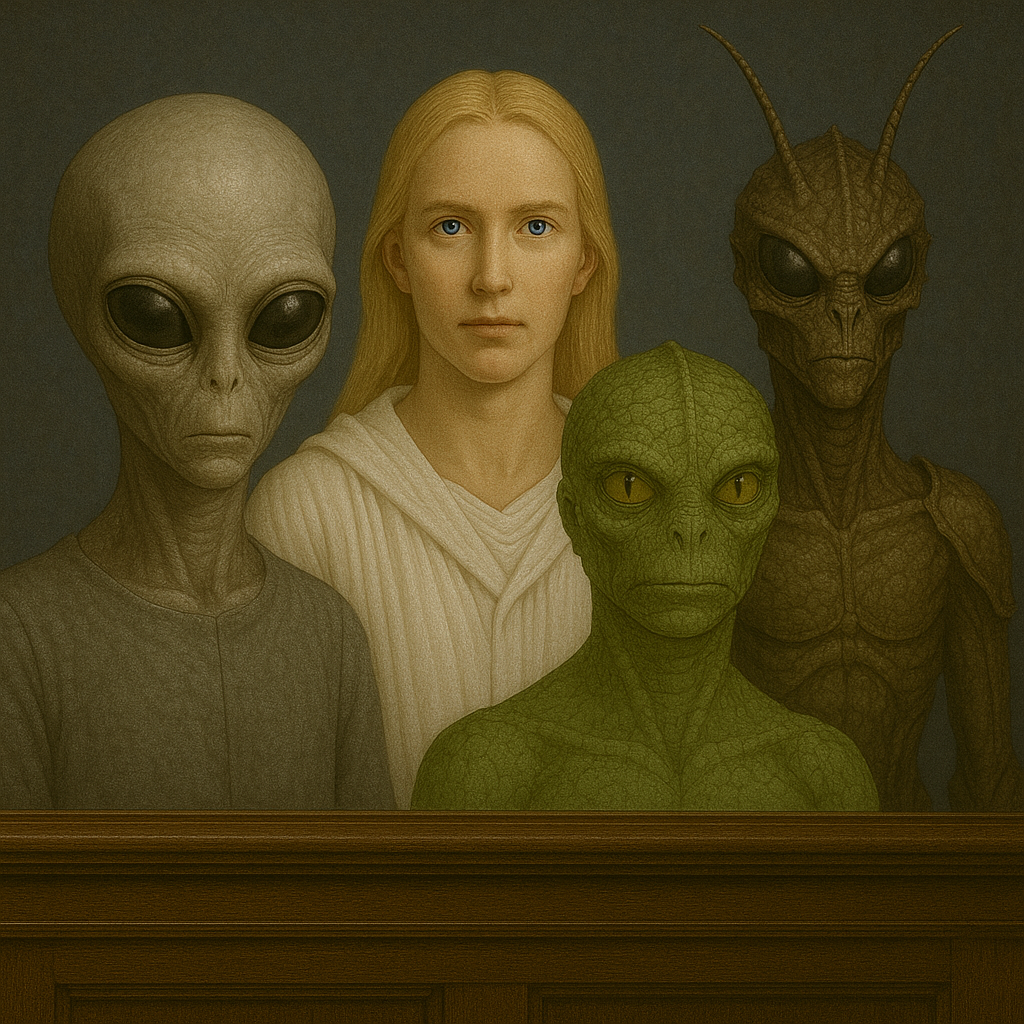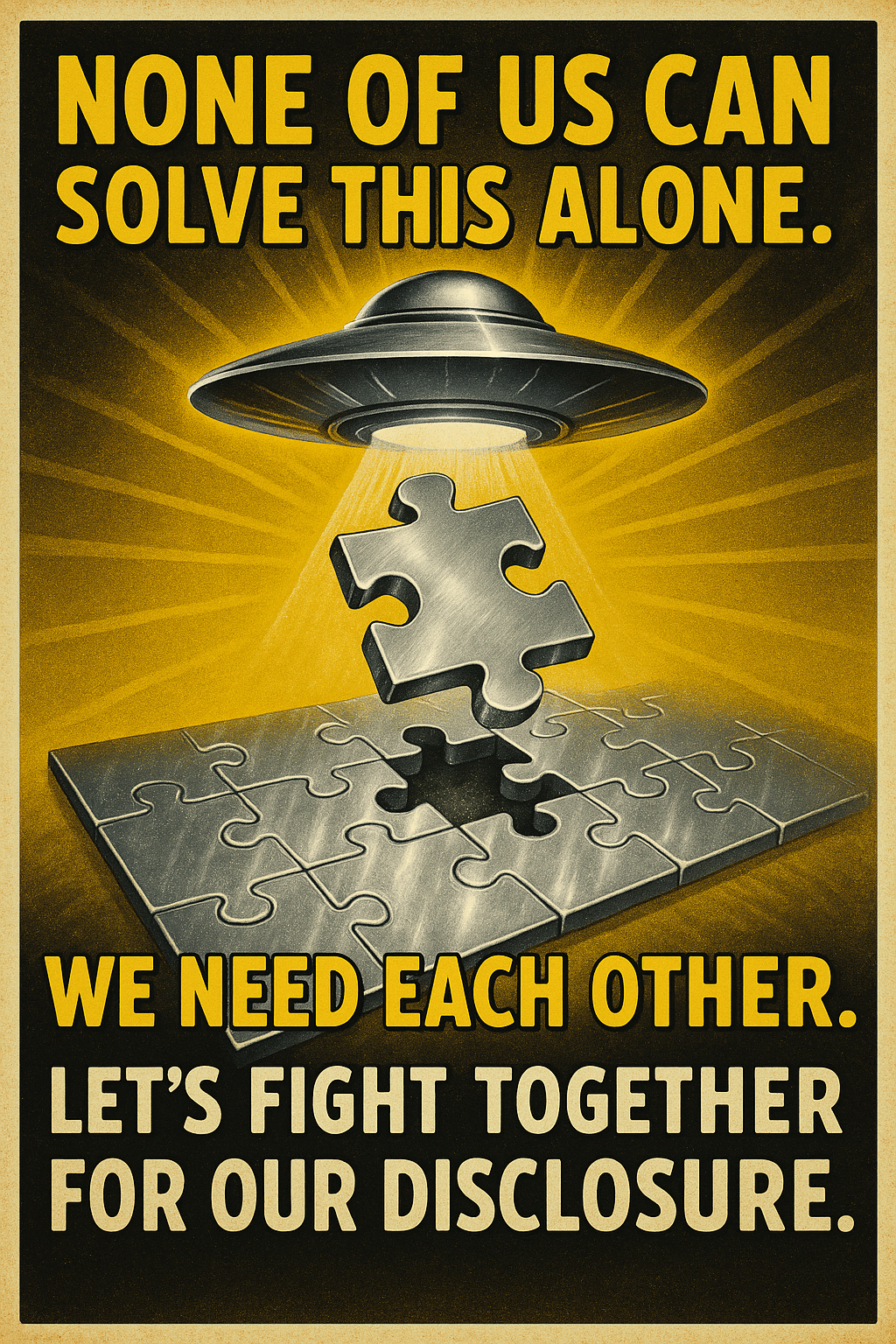Congressman Eric Burlison Talks UFOs, Alien Species

On Capitol Hill, conversations are usually about budgets, bills, and policy disputes. But in a recent sit-down for The Endless Void with Kristin Fisher, Congressman Eric Burlison discussed something rarely spoken so plainly in the halls of Congress: alien species, crash retrieval programs, and the possibility that unidentified aerial phenomena may be interdimensional.
Burlison, a member of both the House Oversight Committee and the UAP Caucus, says his journey into the UFO issue began not from long-held belief, but from curiosity sparked by whistleblower David Grusch. “I’d been here three months and I thought, ‘Wait a minute, I’m a member of Congress. He’s talking to me,’” Burlison recalls. Grusch’s testimony about “nonhuman biologics” prompted Burlison to begin actively engaging with the UAP issue.
One of the defining moments came during a formal Capitol Hill briefing with physicist Eric Davis, a longtime Pentagon consultant with high-level security clearances. Burlison asked if multiple species had been encountered. Davis’ reply was blunt: there are typically several types—commonly referred to as “grays,” “Nordics,” “reptilians,” and “insectoids.” He even gave physical size ranges, with some reportedly around four to five feet tall. For Burlison, hearing this not from fringe sources but from a respected scientist was a shock. “I’d heard those four classifications before from other people,” he says, “but I wasn’t expecting Eric Davis to say it.”
Burlison admits he didn’t follow up with the most important question—whether Davis had personally seen these beings or was passing along secondhand information. That uncertainty underscores a persistent problem in UFO investigations: the blurry line between direct evidence and relayed testimony.
While Burlison remains skeptical about extraterrestrial visitation, his curiosity is driven by potential technological breakthroughs. He’s particularly interested in propulsion systems. “If it’s true and we have life-changing technology, I’d like that to be released,” he says, recalling hours spent grounded at Reagan National Airport. “It would make me angry to know we’re stuck with century-old propulsion when something better exists.” He has even compared the structure of congressional hearings to “bull riding,” where members get only five minutes to ride the moment and extract as much information as possible before it ends.
His working theory leans toward advanced human-made craft—possibly from U.S. contractors or rival nations—rather than alien visitors. But he also acknowledges other possibilities, including Grusch’s suggestion that some UAPs could be interdimensional. Burlison links this to quantum entanglement, which he sees as proof of higher dimensions. “The question,” he says, “is whether life exists in that other dimension.”
Faith also shapes his perspective. A practicing Christian, Burlison notes that some believers see alien contact as potentially affirming biblical accounts of angels—beings who deliver messages from God and then vanish. “It’s a fascinating concept,” he says, “but I’m not asserting it’s true. It’s just what many people believe.”
Burlison’s work on UAPs intensified after hiring Grusch as a consultant. Grusch helps craft questions for hearings, identify sites of interest, and categorize witnesses as friendly, hostile, or reluctant without a subpoena. The biggest challenge now, Burlison says, is securing firsthand witnesses willing to testify under oath. Many refuse because of the severe personal costs—public backlash, career-ending stigma, loss of benefits, and destroyed retirements. This reluctance has become one of the main bottlenecks in getting definitive public testimony.
Despite fewer public sessions, Burlison insists momentum is growing behind the scenes. Leadership changes have opened access to information previously blocked from congressional view, and he says members are spending more time on the issue than ever before. He expects the next major UAP hearing in September 2025, with an emphasis on productive testimony.
One thing he’s certain of: “One hundred percent we have a crash retrieval program. The question is, what exactly is it retrieving?” Burlison notes that most recoveries may be terrestrial, but admits there are rare events where material could be extraterrestrial. Whether reverse engineering has yielded breakthroughs is, in his view, still unproven.
Why would the government hide UAP information? Burlison offers several possibilities: embarrassment over inability to respond, bureaucratic inertia, or simply not wanting to look foolish. He concedes there’s a chance he’ll never get the full truth, and that if all leads are exhausted, he’ll eventually have to move on. But for now, his optimism is higher than a year ago.
Burlison also believes public pressure could make a difference. He points to the Biden administration’s willingness to release JFK and MLK files, suggesting the White House could become a “disclosure president” on UAPs if the demand is there. He also cautions the UAP community to reduce internal infighting, which he believes weakens the push for answers.
Still, the Congressman sees UAPs as one of the few truly bipartisan issues in Washington. “It’s brought me and some far-left Democrats together,” he says. In the end, he hopes we’re not alone in the universe. “I believe God probably created more life than us,” he says. “It would be neat to interact with other creations of that God someday.”



